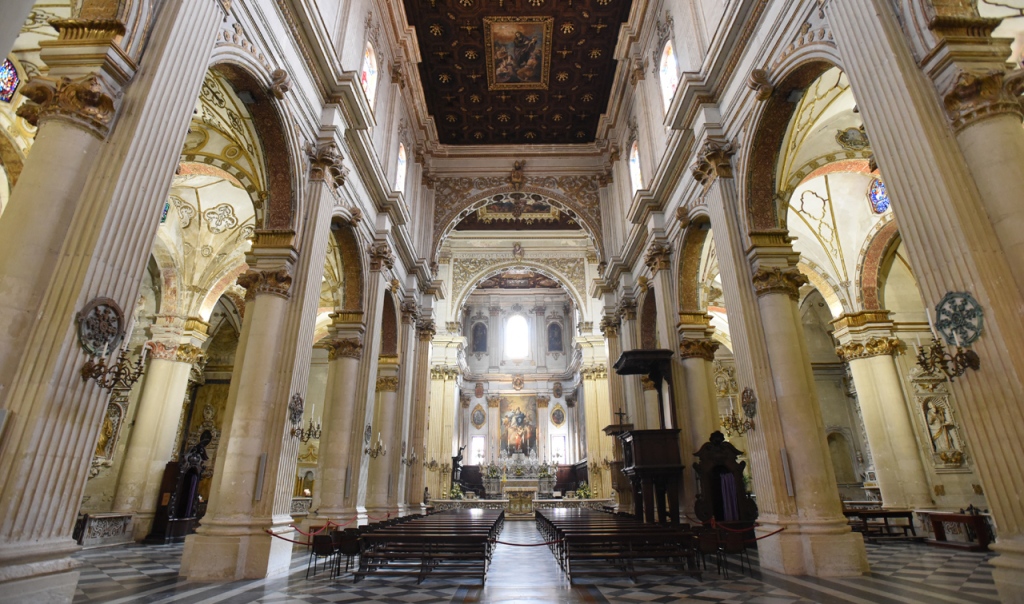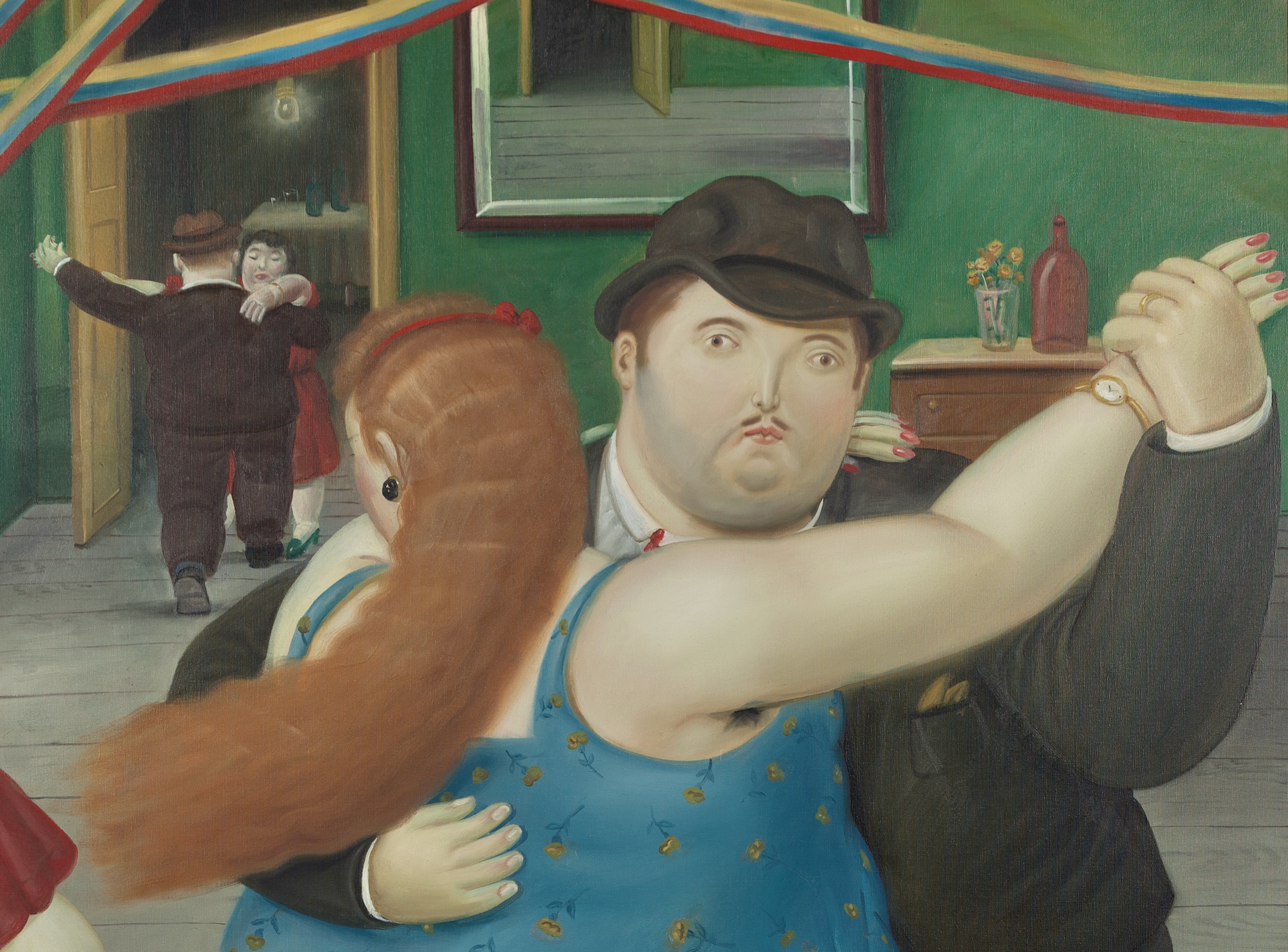By Roberto Cellini, Tiziana Cuccia and Domenico Lisi

Museums have experienced great changes over the past years. The weight attributed to traditional functions (collection, conservation, research and exhibition), and the way in which these functions are perceived, have been changing. Complementary services have been gaining importance, contributing to enlarge the audience and to lead visitors into “edutainment” experiences. In Italy, we find significant spatial effects (i.e., influence from the neighbours) in the provision of complementary services by museums. However, their relevance is different for public and private museums, and across types of service. From these pieces of evidence, we can learn something about the nature of competition among museums in Italy.
Continue reading “DO ITALIAN MUSEUMS REALLY COMPETE IN SERVICES?”




Recent Comments